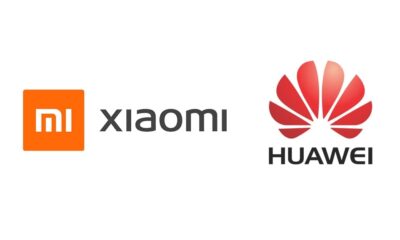HarmonyOS
HarmonyOS 2 vs EMUI 11: Apps, Game and Background process comparison on Huawei Mate 40 Pro
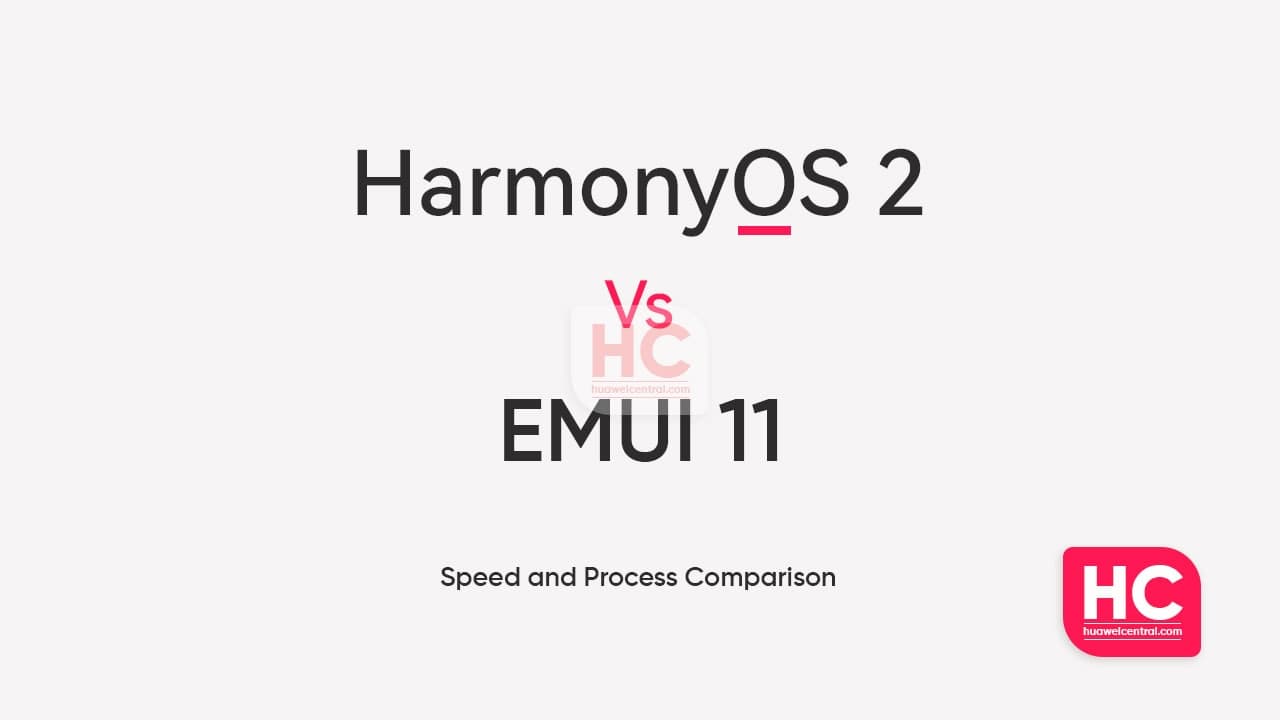
June 2nd, 2021, remains a remarkable day in Huawei history, as the company brought a new operating system – HarmonyOS 2.0 and a number of new devices powered by this OS.
Following the launch, Huawei began to recruit the eligible devices for beta testing and released the developer open beta, closed beta, and public beta updates. Still, the upgrade activity is in progress and will make its way from the Mainland market to a global scale as soon as possible.
Speaking of the upgrade process, it took only a few days for HarmonyOS in reaching over 10 million devices while these numbers exceeded 18 million by June 15th. It’s showing the huge popularity of Huawei among the consumers and partners.
At the same time, you can also see the third-party applications adopting the HM OS interface, while other developers are working to adopt it. Now, the question is why HarmonyOS is attracting the users as well the third-party providers, even when it’s still limited to the Chiese market?
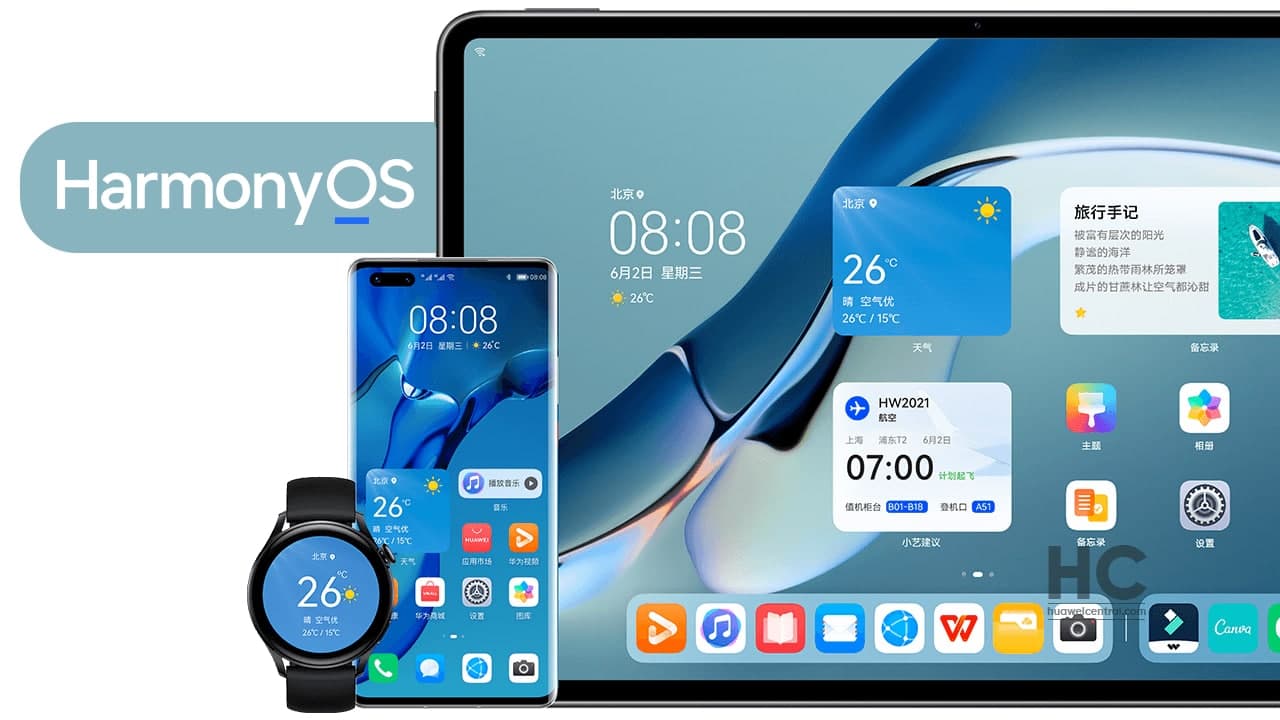
Indeed HarmonyOS is a domestic product but it’s not the only reason behind its support. The astonishing performance of HarmonyOS and the new distributed capabilities also performs a huge role in the play.
But we’re here to talk about check the evaluation between HarmonyOS powered Huawei Mate 40 Pro against the same device with EMUI under different scenarios.
The result of these tests goes in the favor of HarmonyOS and this new OS has an advantage over EMUI in terms of app startup speed, game frame rate, background app activity, and overall battery life performance.
Let’s dive into the evaluation.
Note: These tests are done on the Chinese version of the apps, as the HarmonyOS is currently only available for the Chinese models.
We’ll discuss them one by one in this article, so let’s get started-
Application Startup Speed: No more dealy
The application startup speed is one of the basic features and an important aspect of any mobile operating system. In the case of HM OS, it won by 5 seconds against EMUI 11.
This test includes 20 commonly used mainstream apps including WeChat, Weibo, QQ, Taobao, and Jingdong, etc and tests two rounds of app opening tests.
The EMUI installed Mate 40 Pro took 119 seconds while the HarmonyOS installed Mate 40 Pro took 114 seconds only. Furthermore, the responding time is also quicker in HM OS than in the previous EMUI. (Read More)
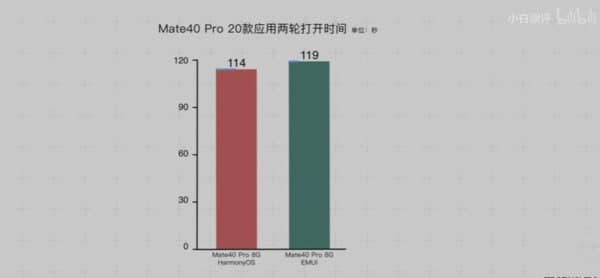
Why HarmonyOS opens apps faster:
The reason is pretty simple, the Android system is restrained by its architecture as it loads the application interface first, and then loads the animation. Unlike Android, HarmonyOS architecture doesn’t follow this protocol, which results in faster performance.
To be more precise, the HarmonyOS 2 works on the high-performance motion engine, which explores the ability to decouple system motion and application interfaces. Thus, application interfaces and motion effects can load simultaneously and don’t show any delay for faster access.
This etiquette helps the user to enjoy the smooth interface, while the users switching the application and invoking other operations. The system continuously delivers smooth and shutter free-motion effects without stuttering.
Many users have also found that after upgrading to HarmonyOS, older models can also bring a smoother experience. Android phones tend to accumulate a large number of fragmented junk files during long-term use.
After upgrading HarmonyOS, the file system will be intelligently maintained. The smart space cleaning algorithm dynamically adjusts space recycling and space allocation strategies based on the degree of system fragmentation, based on smart space.
The cleaning algorithm finds the optimal strategy and completes the deep cleaning and optimization of the file system without affecting the user’s operation so that the file read and write has been maintained in a high-performance state.
This excellent feature of HarmonyOS 2 can keep the smartphone smooth after 36 months of use, and of course, it can also make the old models shine in the new year.
Game Performance: No more disturbance and extra power consumption
The game performance test was performed on two famous mobile games in China- PUBG, and King of Glory.
The HarmonyOS equipped smartphone delivers 90.17 frames per second, an average fluctuation of 0.69 while the power consumption is as low as 3.77W.
Meanwhile, the EMUI equipped smartphone performance 88.83 frames per second, 1.79 of fluctuation, and 3.86W power consumption. Although the difference is slight, it makes hug differed in terms of performance.
Moreover, HarmonyOS provide a better gaming experience than EMUI not only with a higher frame rate but also with stability and less power consumption.
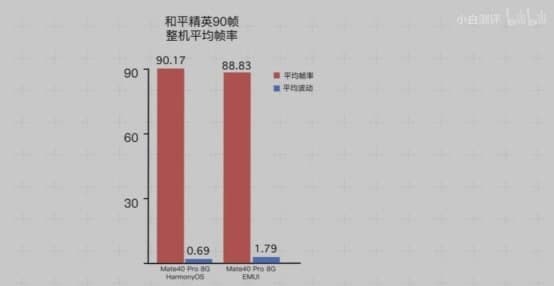
Reason:
The powerful gaming performance of HarmonyOS comes from its graphics engine. The graphics stack adopts the smart computing and scheduling commanding approach.
The GPU and CPU cooperatively complete scheduling and rendering, logic and rendering separation, reduces repeated drawing technical means and reducing the load of both GPU and CPU. Consequently, providing a smoother gaming experience and lesser battery drainage.
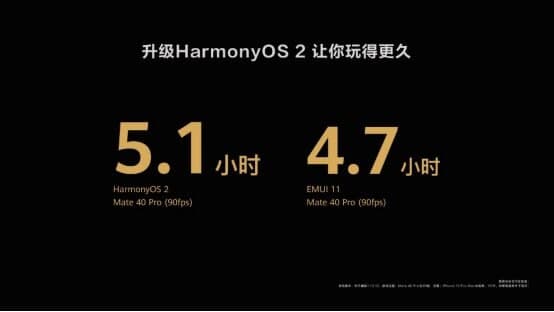
The heat problem in smartphones during the game is forcing the provider to reduce the number of frames, which unconsciously results in a poor gaming experience. But this is not the case with HM OS, it can still run full frames in most game scenes, conveying a better experience.
Alive Previously Used Applications in the background: No more need to restart
This part of the test includes over ten applications including Weibo, Taobao, Sina News Client, PUBG, QQ Music, etc.
The statics shows that after 4 hours the EMUI started to delete the cache and closed the most space-occupying application among them.
At first, EMUI closed the game – PUBG and re-loaded the shopping platform, Taobao then after 17 hours it closed all apps loading in the background.
Meanwhile, the PUBG and QQ Music are the only closed app in the case of HarmonyOS whereas Youku and iQiyi were reloaded, and other applications were preserved as it is.
Reason:
The application keep-alive rate of HarmonyOS is more advance than other systems. Furthermore, keep-alive capability for background application is also powerful in HM OS.
It can maintain and restore the state of Apps no matter how much you use them. Adding to this, the background application realizes state recovery and eliminates the chances of restarting any procedure. You can read the news, play music, and stream videos where you have left.
Battery Backup:
The battery backup test concluded in two phases. The first one is a three three-hour exhaustive endurance and the second one is a five-hour heavy endurance test. The first one doesn’t show any bigger difference but HarmonyOS still took the lead. We can’t overlook it as the smallest things are responsible for major changes.
Talking about the five-hour heavy battery life test, the advantages of HarmonyOS are very obvious and it can deliver up to 5.1 hours of gameplay, and more for the wispy applications.
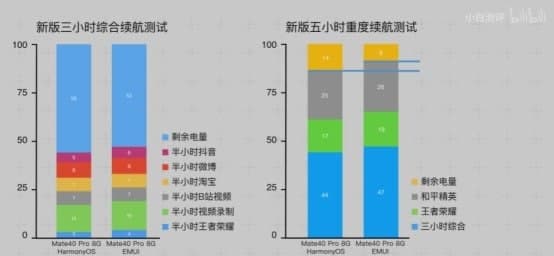
As per the test results, the HarmonyOS can provide 14% of battery power after three hours of continued usage of Douyin, Taobao, and Weibo and one hour of PUBG and King of Glory each. While the EMUI only retains 9% of the battery backup. (Read Full Story)
Conclusion:
Huawei is not only designed to deliver high-end performance but also provides a one-stop solution across multiple platforms. This powerful mobile software is the outcome of Huawei’s five-year hard work,
From app speed to battery capacity, Huawei HarmonyOS is ahead of the previous EMUI software system. It has a lot of benefits besides its features, which we haven’t discussed here.
Above all this Huawei will deliver this new OS on both Huawei and Honor smartphones. Furthermore, the HarmonyOS scheduled plan contains smartphones as age-old as 5 years.
At present, the beta activity is only for Chinese variants, but the company soon scheduled it for the global market also.
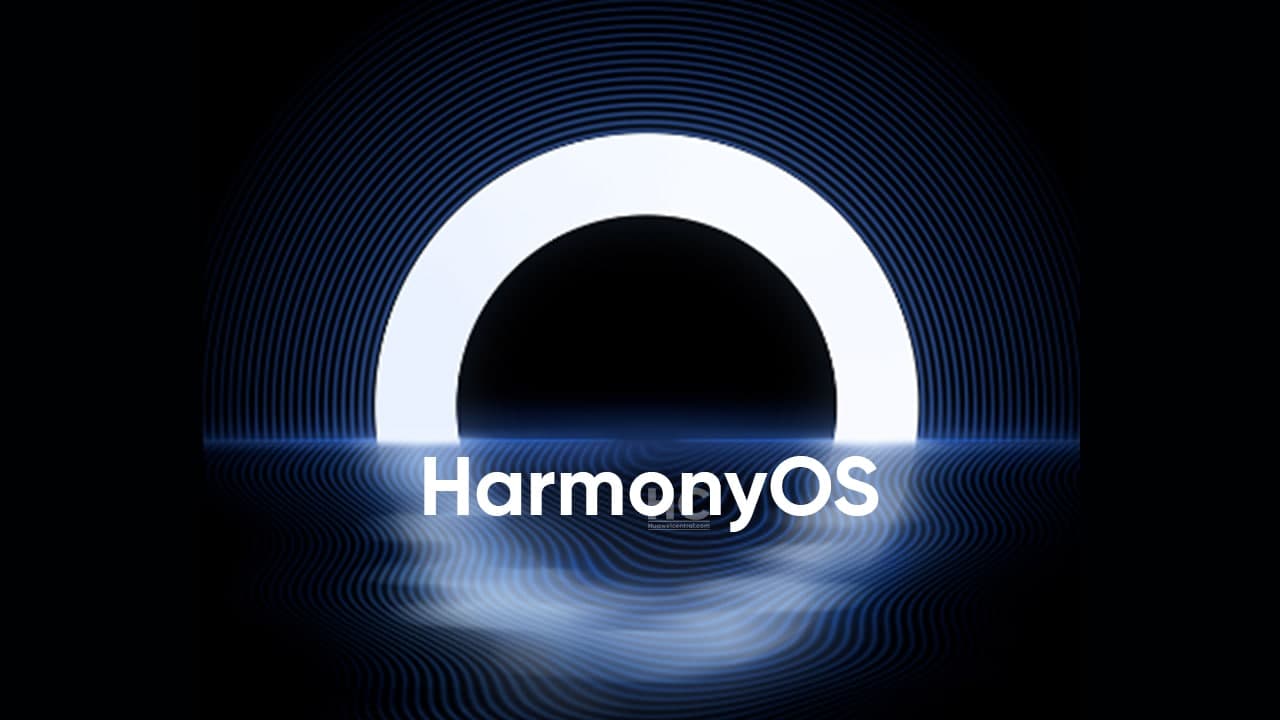
HarmonyOS
TAILG launched new scooter with HarmonyOS
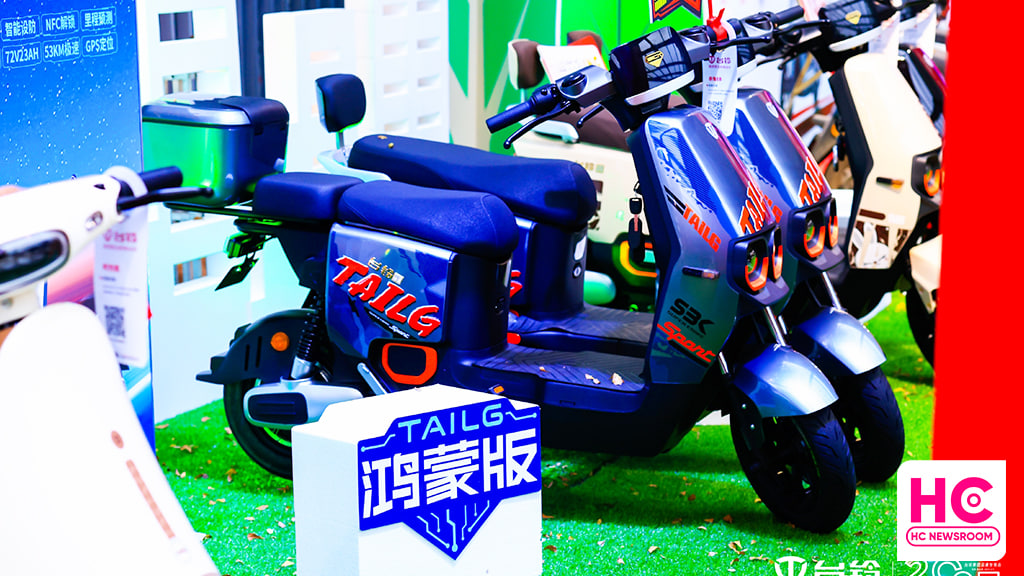
TAILG has launched a brand new electric scooter, which is powered by the HarmonyOS operating system and an all-around stylish look to provide a better experience for consumers.
It has a custom-made avant-garde handlebar, as well as an exclusive smart touch screen, which can display various driving data of the vehicle in real-time. It also equips with a variety of smart unlocking features, including one-key ignition.
The latest TAILG brings HarmonyOS features such as APP control, NFC unlocking, mileage prediction, smart fortification, and vehicle inspection. The TAILG HarmonyOS electric scooter packs a 72V23AH graphene battery, a 1000W cloud-powered motor, and a GPS positioning system.
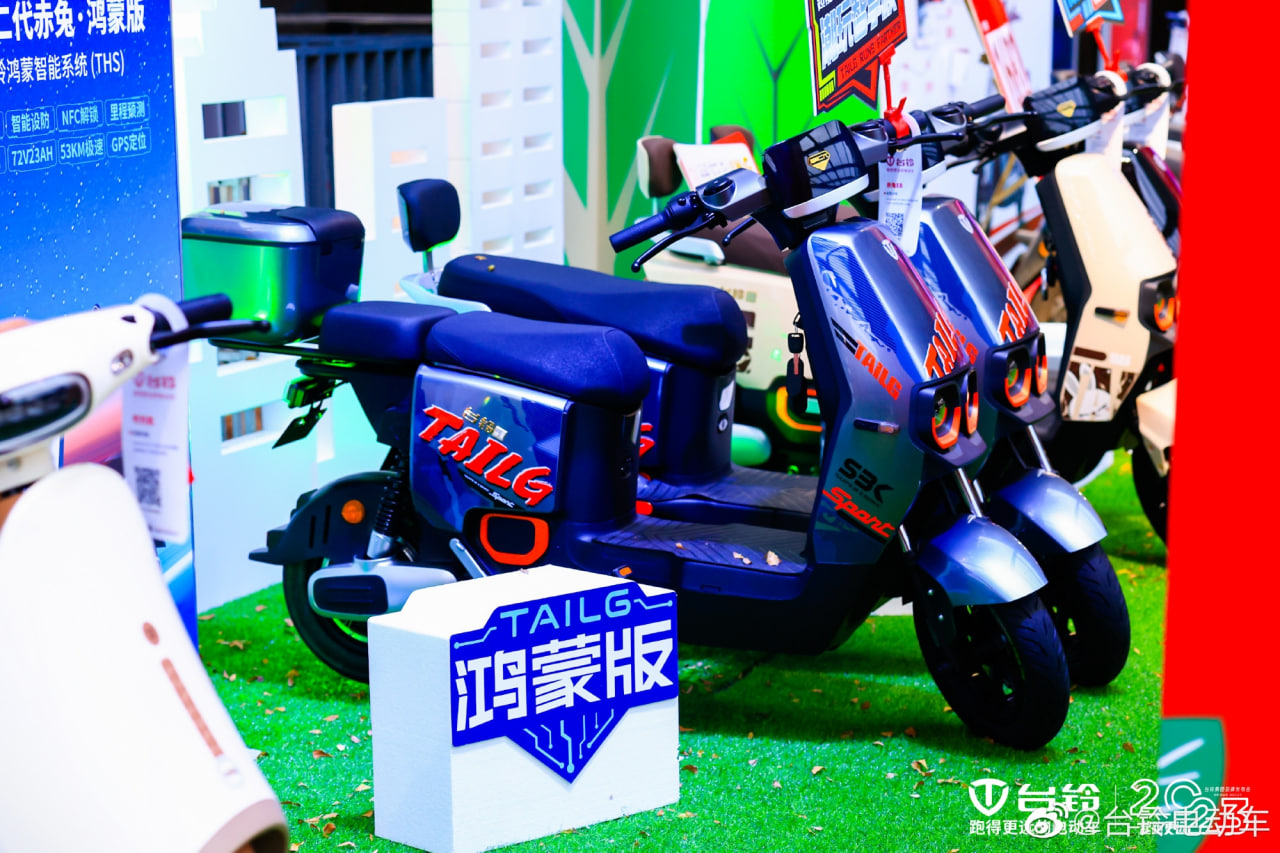
Looking at the price segment, the TAILG HarmonyOS scooter starts at 3899 yuan, and the high-end version is priced at 4588 yuan. This new electric scooter will be sold in offline stores across China.
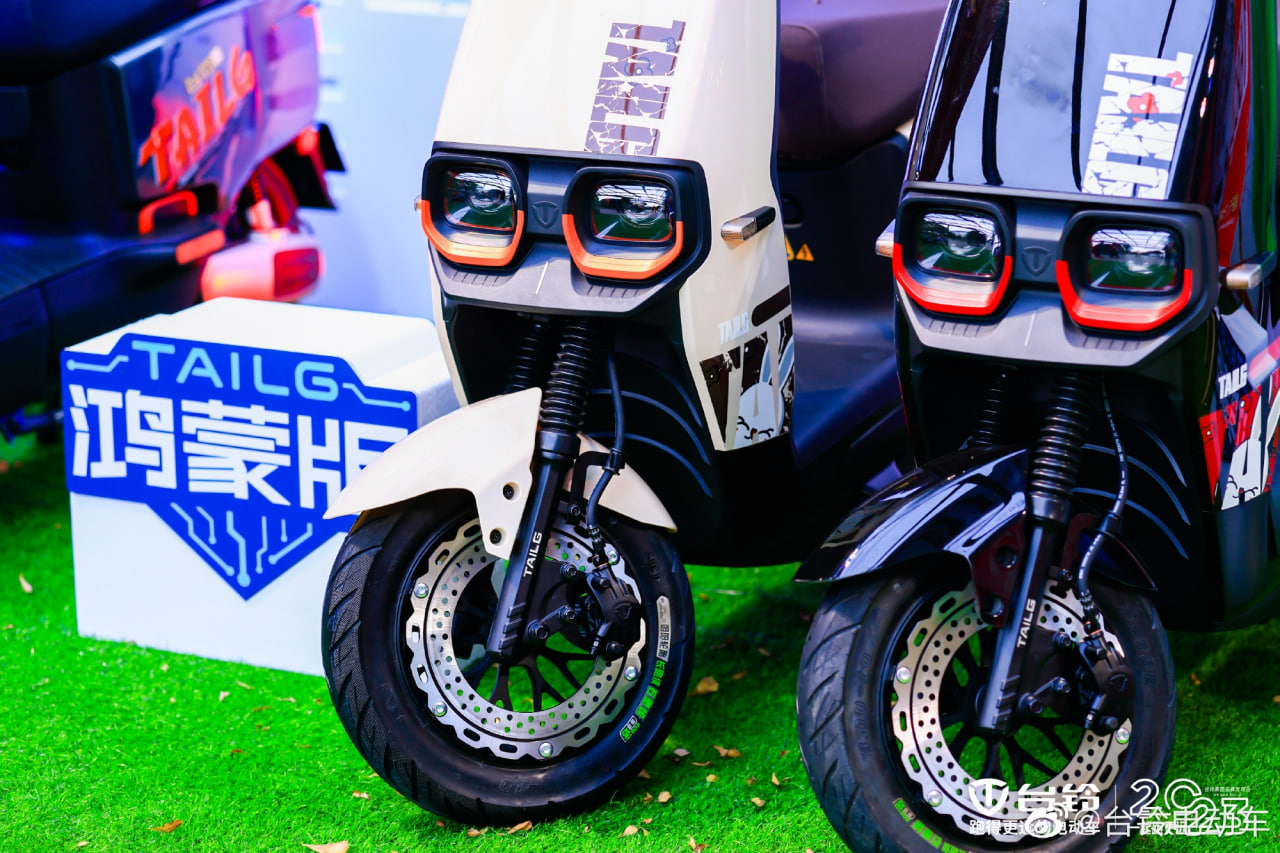
Last year in August, TAILG and Huawei announced cooperation to upgrade electric vehicles, the two companies will establish a joint innovation laboratory to conduct research on IoT and other technologies. This will also allow both firms to achieve technological advantages.
Established in 2004, TAILG is an enterprise specializing in R&D, manufacturing, sale, and service of new energy electric vehicles, Its products cover electric bikes, electric scooters, electric special bikes, electric tricycles, and other vehicles. It has an annual production capacity of 12 million vehicles and more than 30,000 stores exclusively in China.
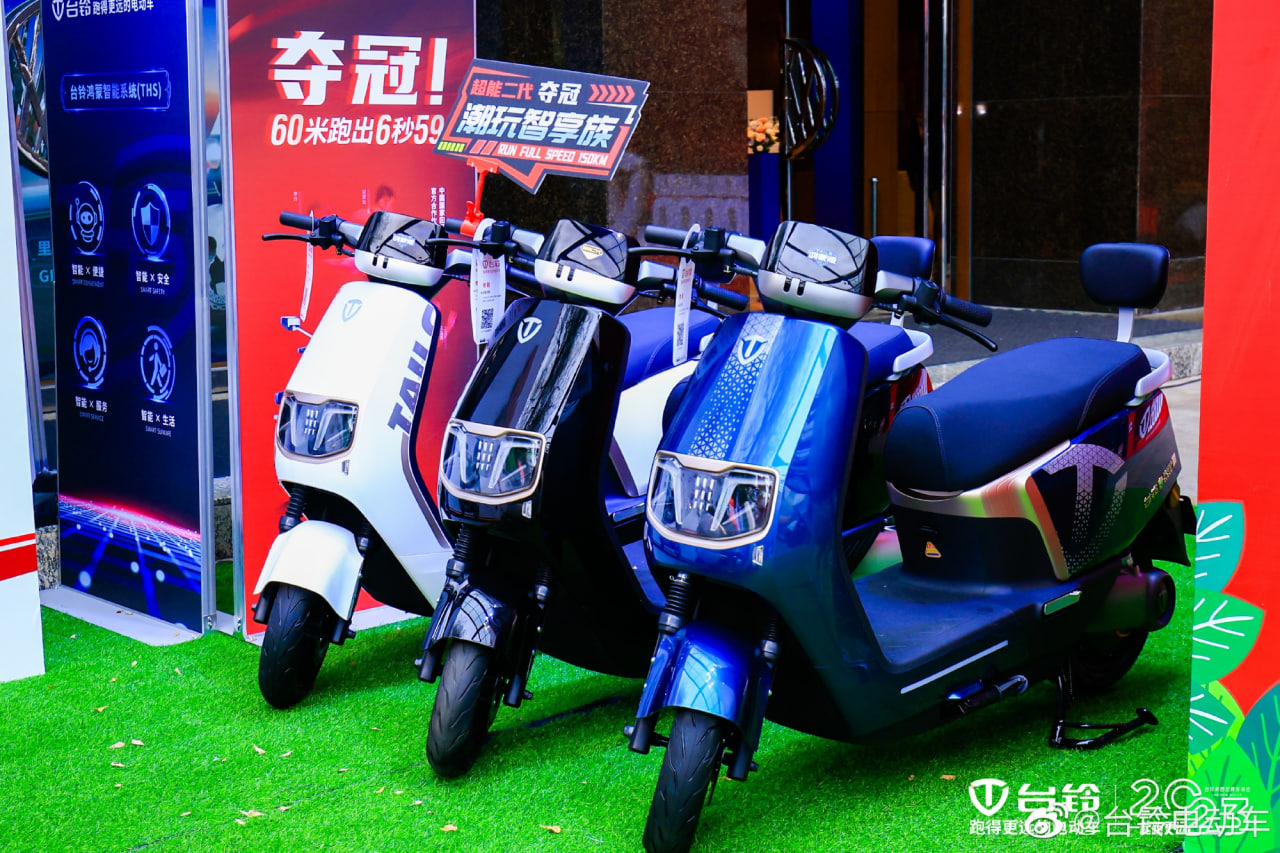
(via – Sina Tech)
HarmonyOS
HarmonyOS 3.1 Developer beta open for smartphone users
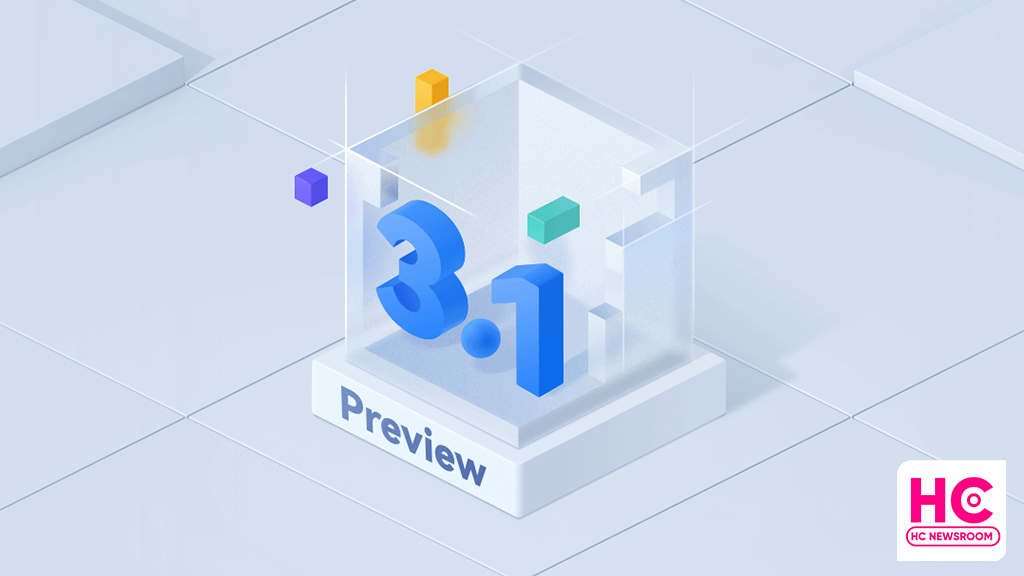
Today, HarmonyOS 3.1 developer preview testing is opened for smartphone users, this recruitment will enable developers to participate in the open beta activity with developer-only features directly into a real device.
According to the information, HarmonyOS 3.1 developer beta is currently being announced for the first phase of devices including Huawei P50 and P50 Pro. However, Huawei has confirmed to add more devices to the test pool later on. Also, a more friendly and subtle beta test is likely to begin in March.
To be mentioned, HarmonyOS 3.1 developer open beta recruitment is applicable until February 13, 2023. Afterward, Huawei will review the test applications. Selected testers will receive an email or SMS to download HarmonyOS 3.1 developer beta OTA rollout.
Also, this beta activity is available only for the Chinese models and only real authenticated accounts will pass the developer beta signup.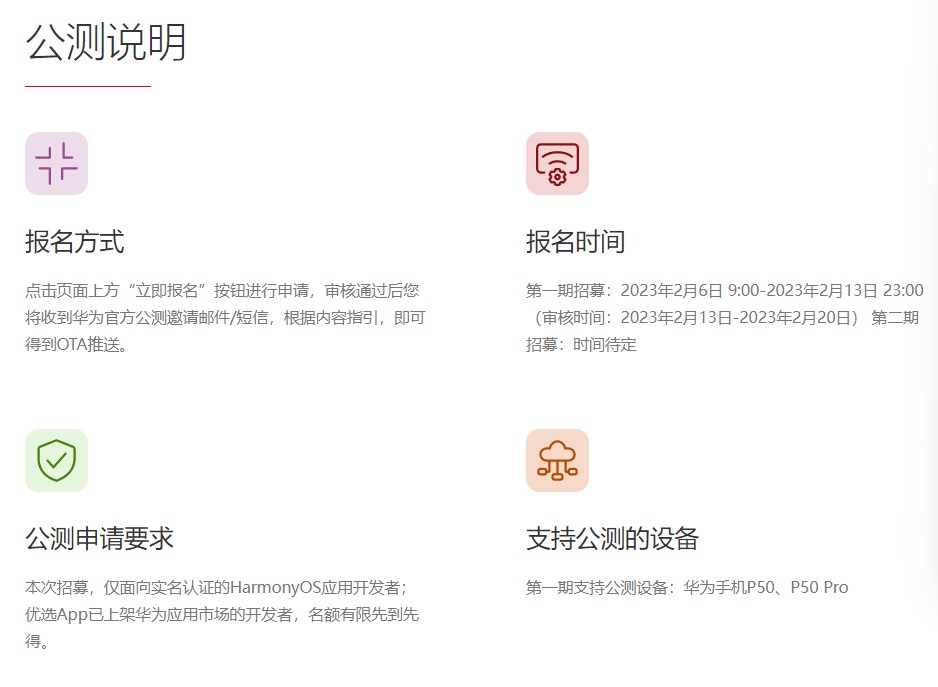
HarmonyOS 3.1 comes constructively adds a new ArkTS language, and with the latest public test, you will experience the improvements and efficiency of the app powered by ArkTS language, STage model, ArkUI, and more.
Below you can check the HarmonyOS 3.1 developer preview features:
- The ability framework adds a stage development model, including stage model life cycle management, scheduling, callback, context acquisition, authentication, and more. At the same time, the operation and management capabilities of the application are enhanced.
- The ArkUI development framework enhances the declarative Canvas/XComponent component capabilities, enhances component layout capabilities and state management capabilities, and optimizes the usability of some components.
- Application package management adds an interface for querying properties related to applications, ability, and ExtensionAbility.
- The common basic class library supports Buffer binary reading and writing.
- Web services add support for document preview and basic editing functions of document-type web applications, as well as cookie management and storage management.
- Added support for YUV, webp image codec, and other capabilities for graphics and images. Added native vsync capabilities, and supports self-drawing engines to independently control the rendering rhythm.
- Added camera configuration and preview functions in Media Services.
- The window service adds window-related interfaces under the Stage model, which enhances the window rotation capability and enhances the avoidance area query capability.
- The globalization service has newly added support for internationalization enhancement capabilities such as time zone lists, transliteration, and phone number attribution.
- The basic capabilities of common events are enhanced, and the commonEvent module is changed to commonEventManager.
- The resource management service adds a synchronization interface for resource acquisition, a new interface for querying resource values based on names, a new interface for querying number and float resource types, and a new way for Stage model resource query.
- Input method service adds input method cursor direction constant.

Android
First Android 14 Developer Beta announced, launch around HarmonyOS 4

Android 14 is the next software version for the Android ecosystem. On February 8, Google stepped ahead to begin the development of this major upgrade with the first developer beta.
Google has released the roadmap for the development, beta testing, platform stability, and the final release of Android 14, which reveals meet the launch of Huawei HarmonyOS 4 later in the second half of 2023.
The first developer preview is already out for the Pixel devices. However, Google could open early access to other smartphone makers such as OnePlus by April when the open beta campaign kicks off.
As mentioned by the Android company, Android 14 is projected to reach platform stability by the end of July. But there’s still a possibility of these milestone timelines to delay, similar to last year.

For your information, the Android 14 developer preview will be a very useful and early gift to the developer community. It will pave a way for the app devs to know more about the upcoming APIs and app features ahead of the final launch.
Looking into the developer preview features, Android 14 promises to improve productivity, enhances performance, improvements to security, and privacy, and bring new customizations.
Yes, there are new tweaks and changes made over Android 12, while there are more that will be visible as the development progress further. Throughout this phase, these developers (and later users) will help to fix bugs and make improvements to the Android 14 source code.
HarmonyOS 4:
Aside from the Android 14 developer beta, Huawei is preparing for the HarmonyOS 3.1 rollout but the company is working on HarmonyOS 4 as a major release for the next generation of Huawei devices. For now, there’s no official launch date available but we are likely to hear more on this at the Huawei Developer Conference (HDC) 2023 event.
HarmonyOS 4 promises big upgrades over HarmonyOS 3 and a major restructure in the user interface (UI). Nonetheless, we’ll keep you posted.

(source – Android)





